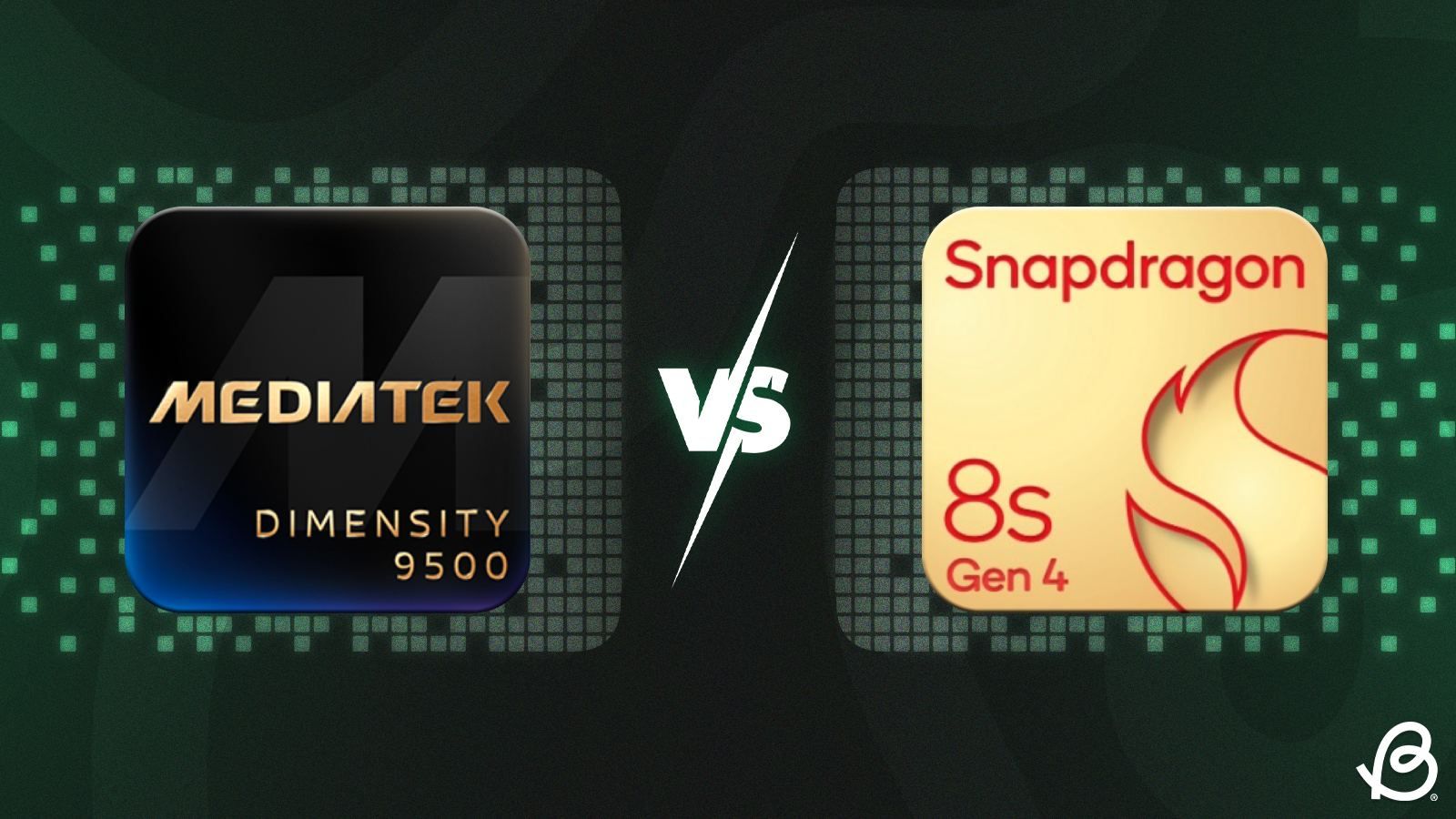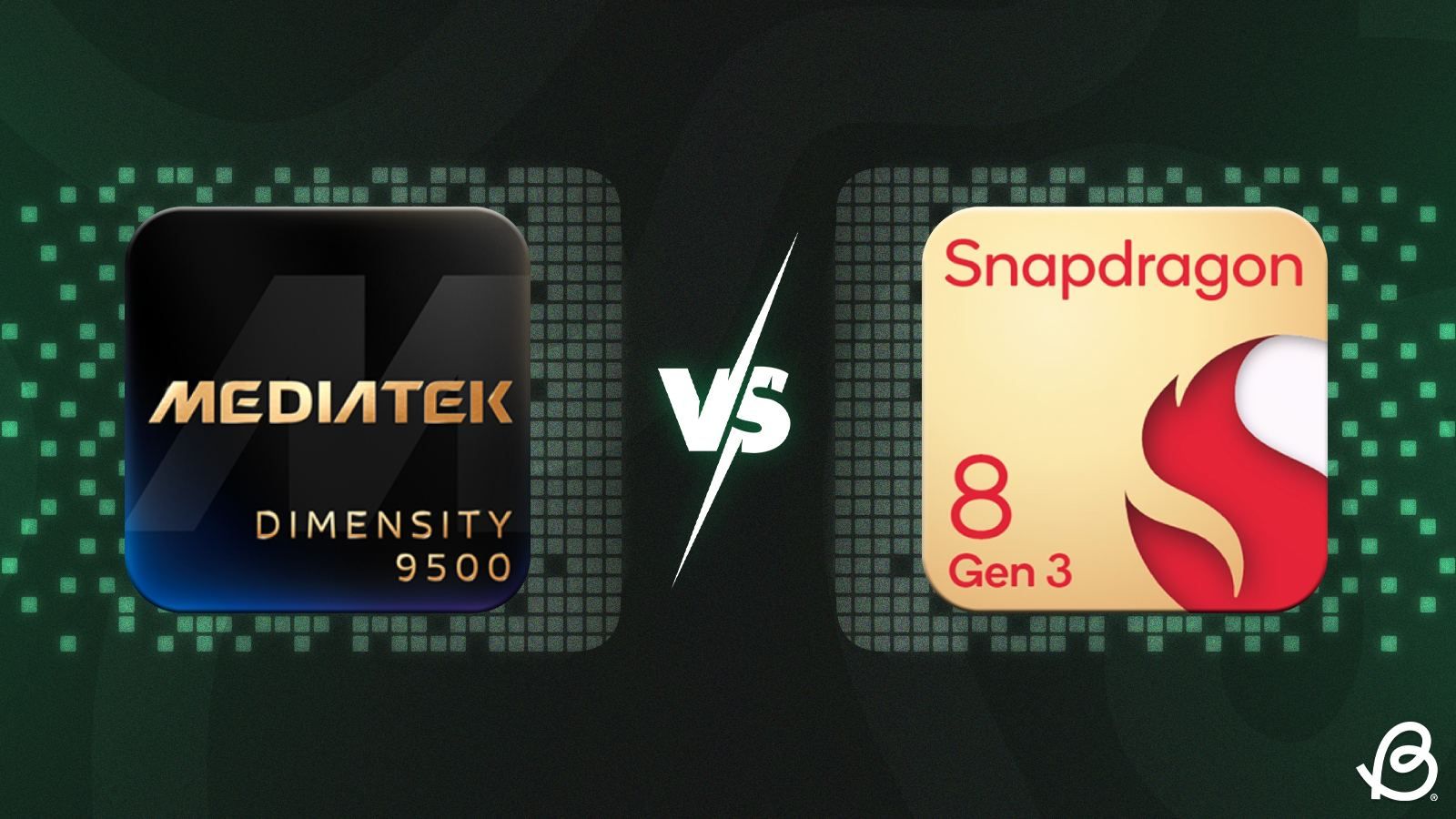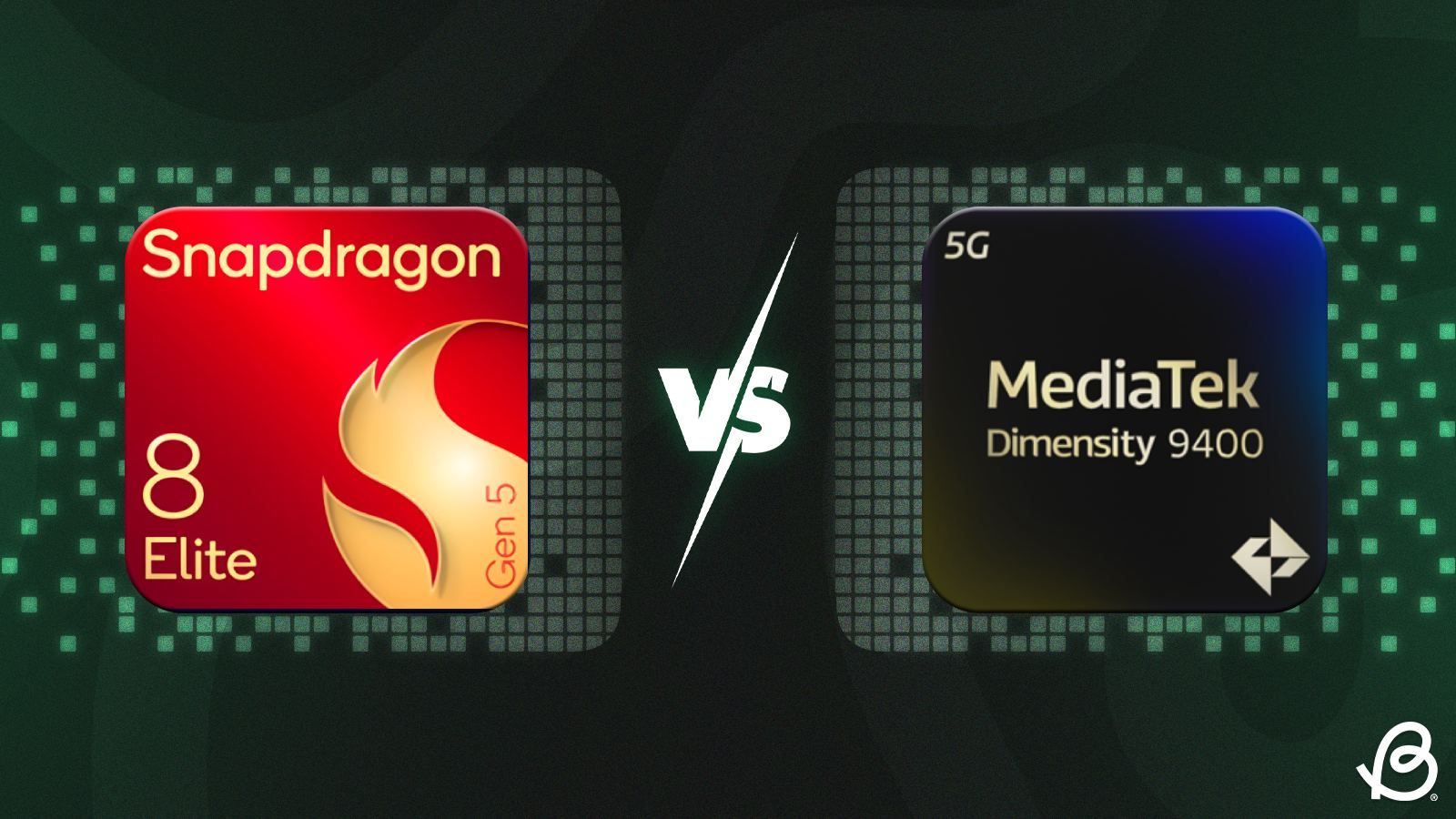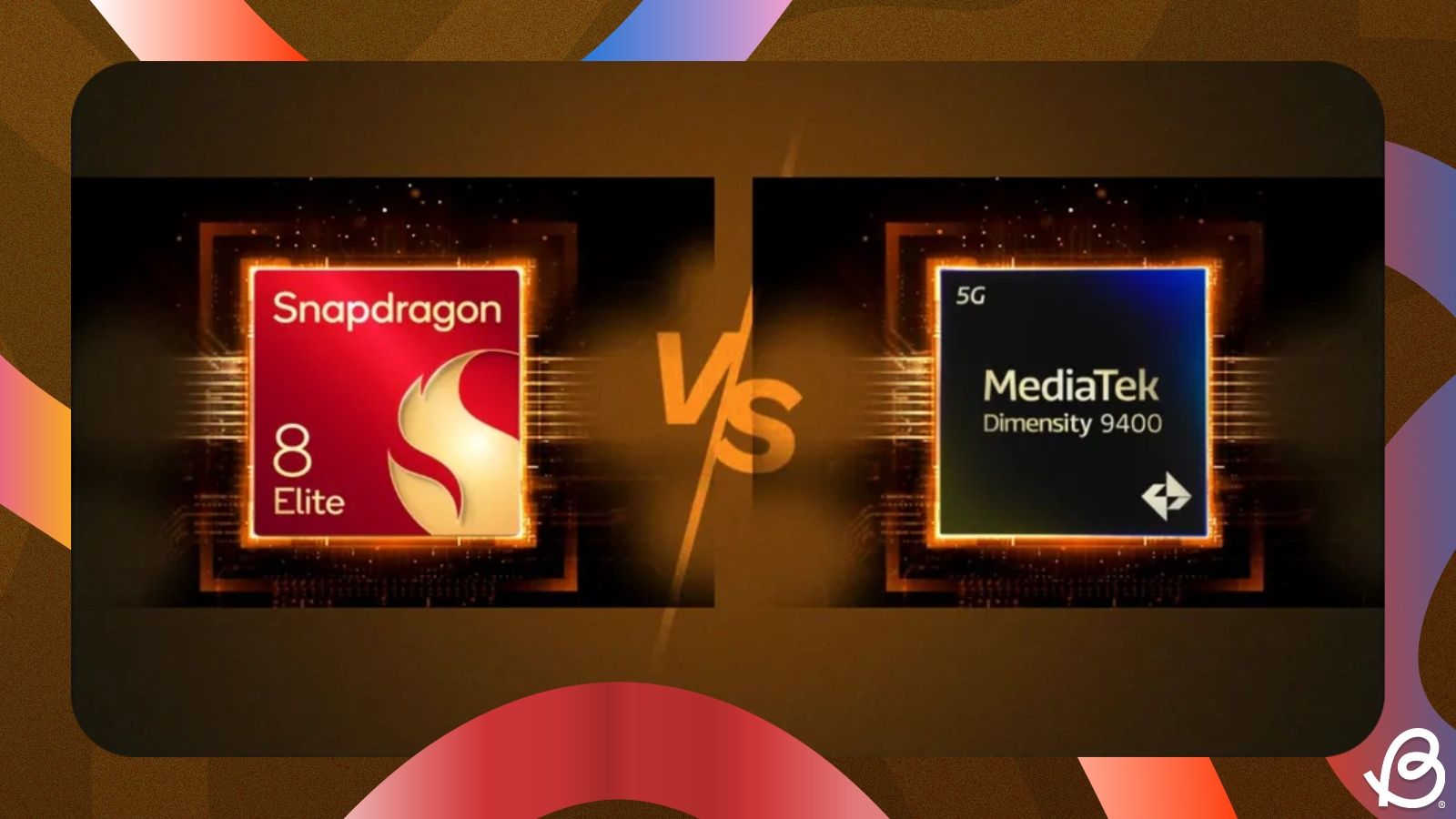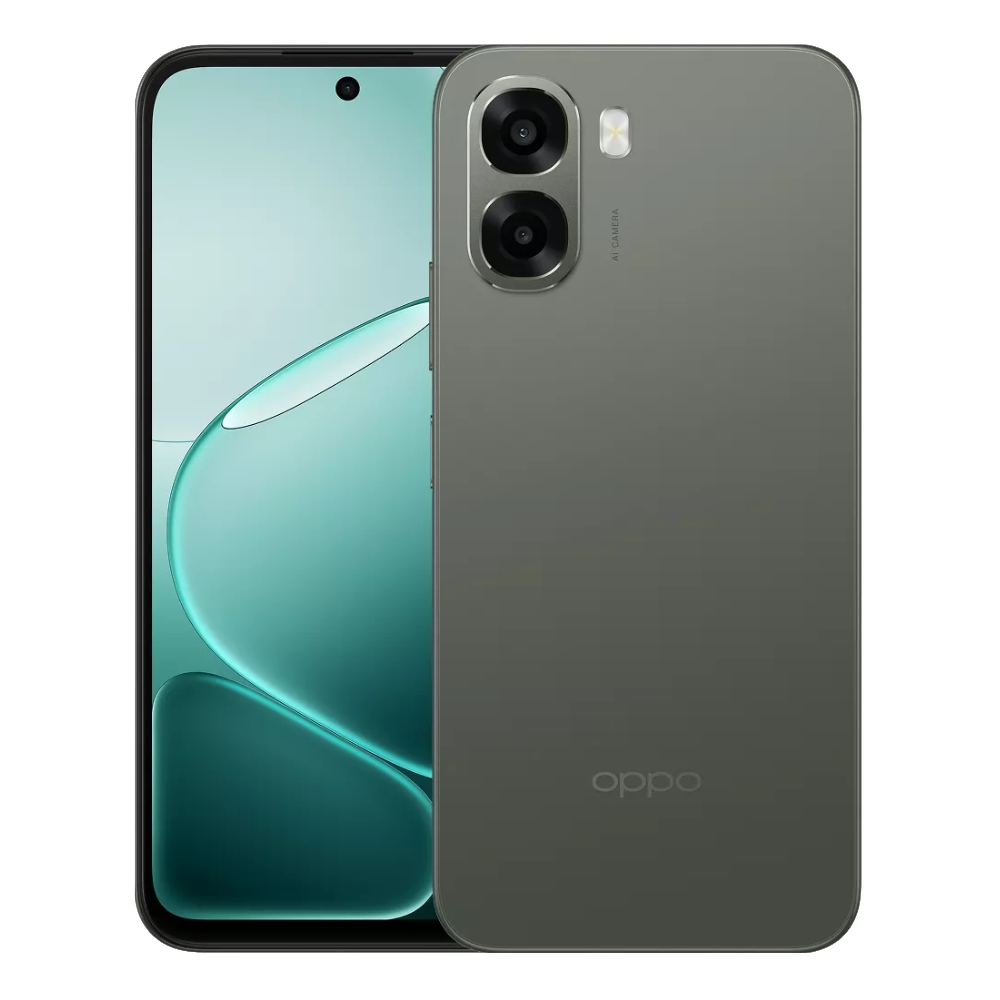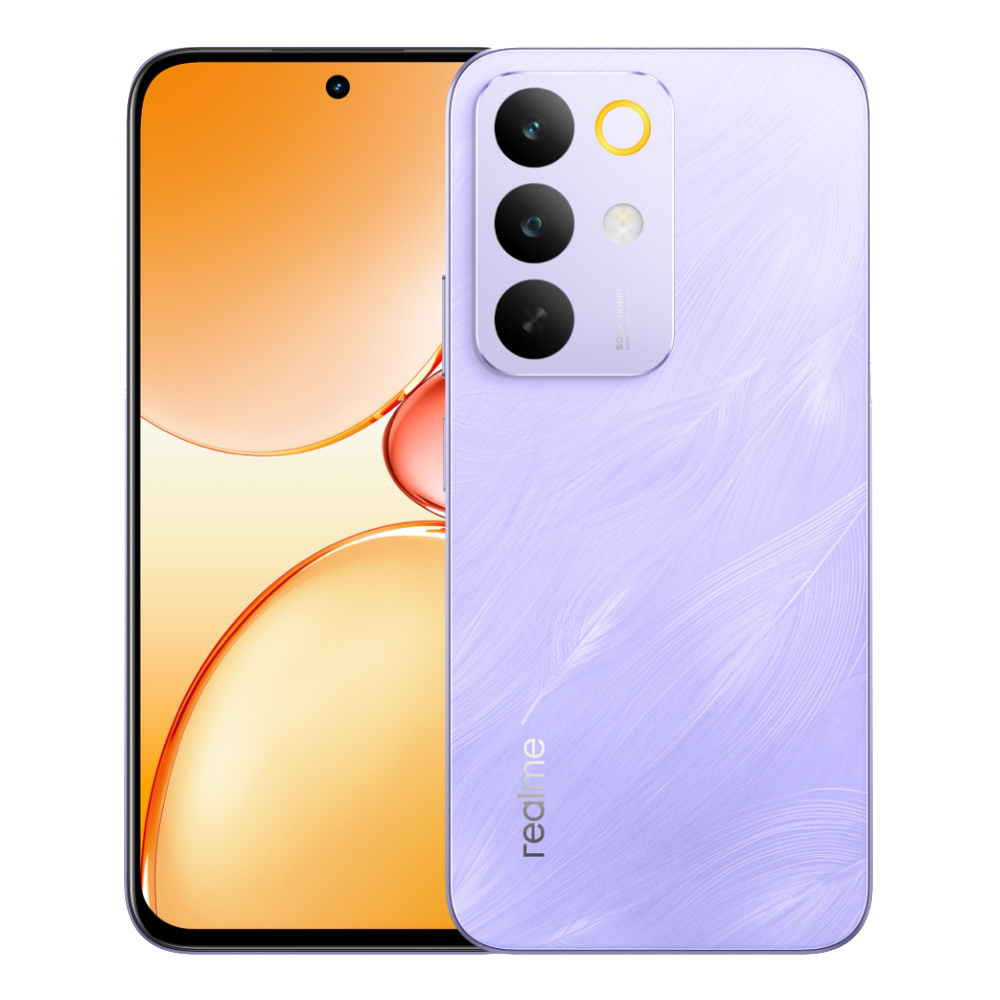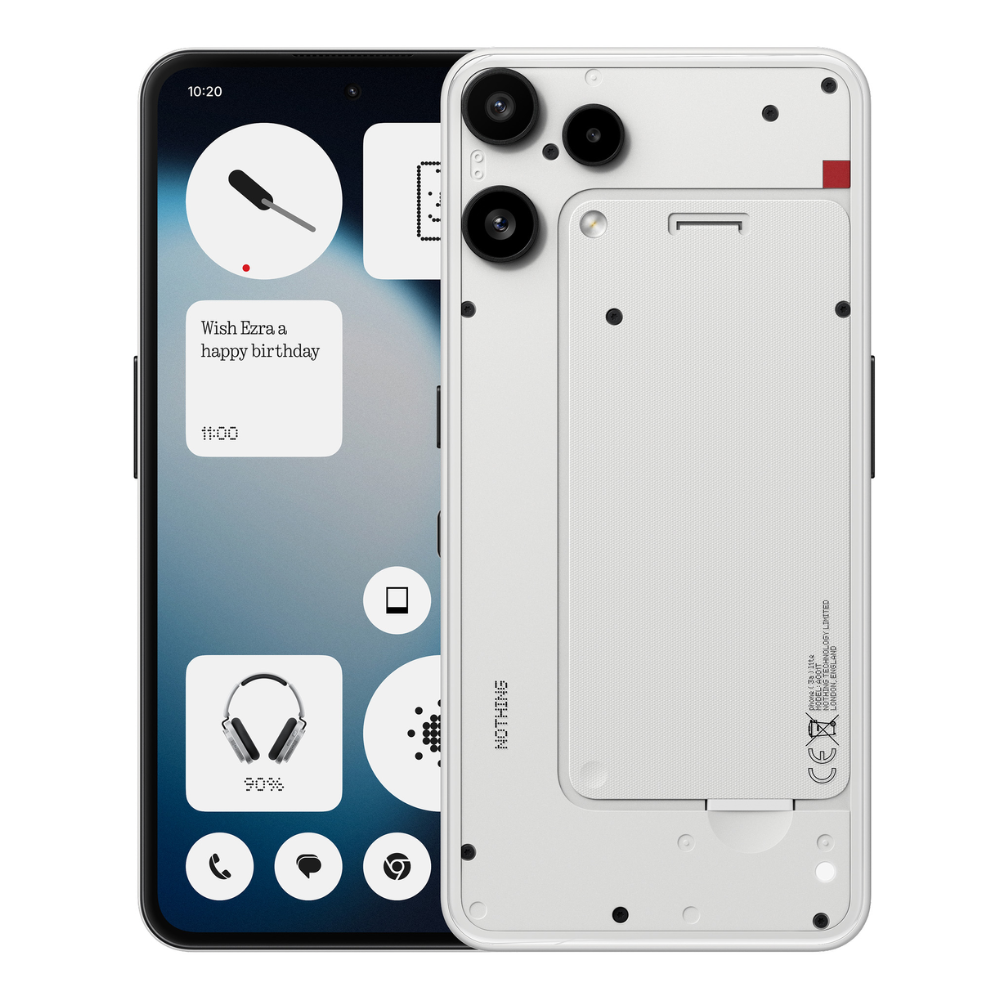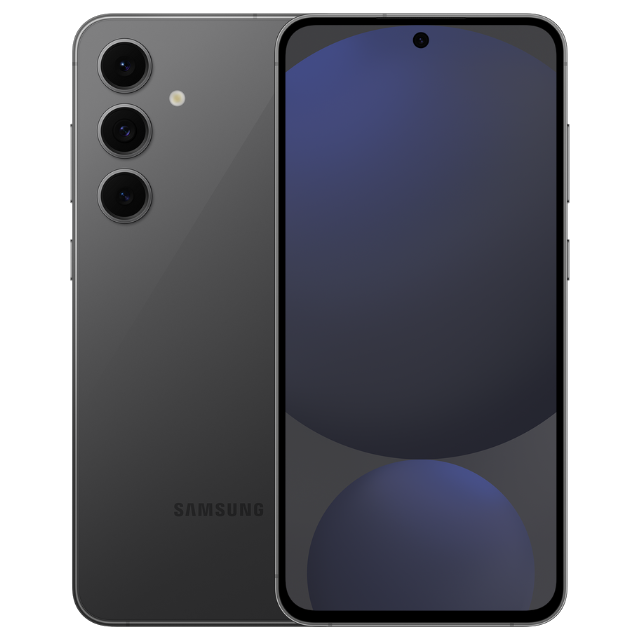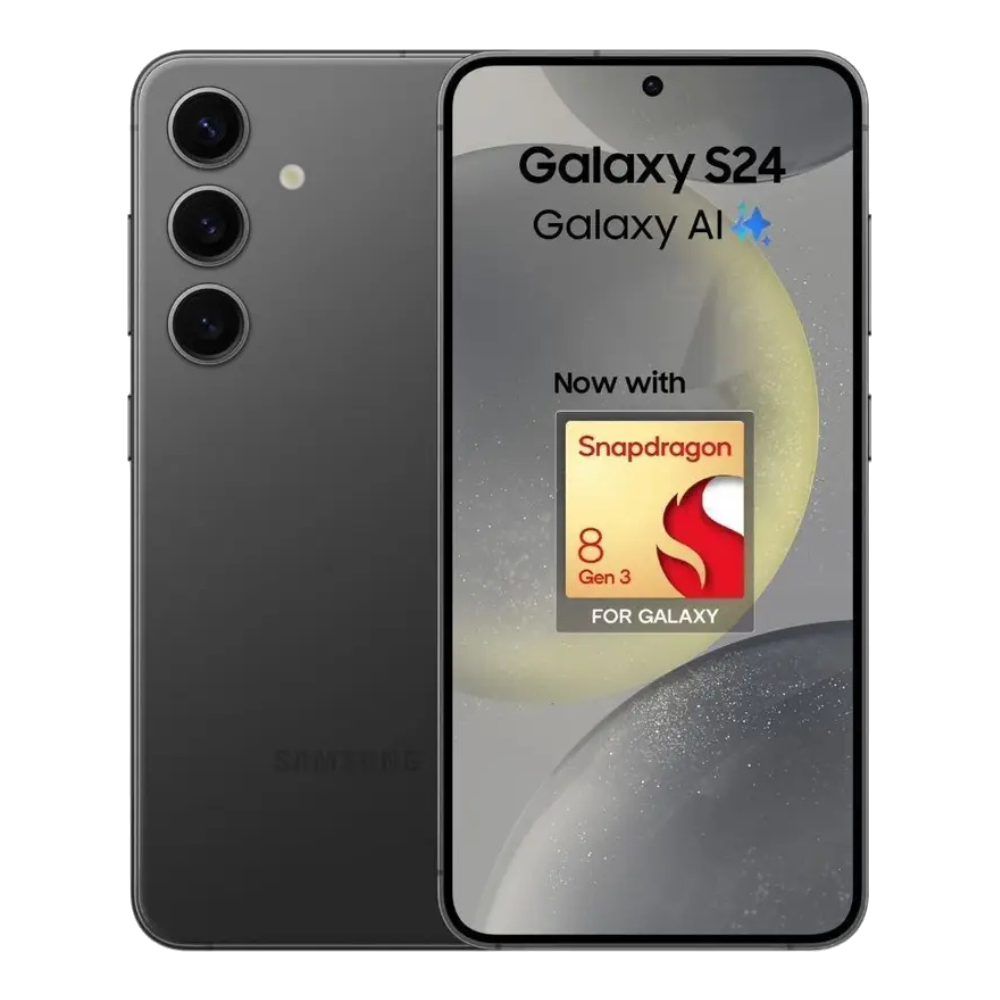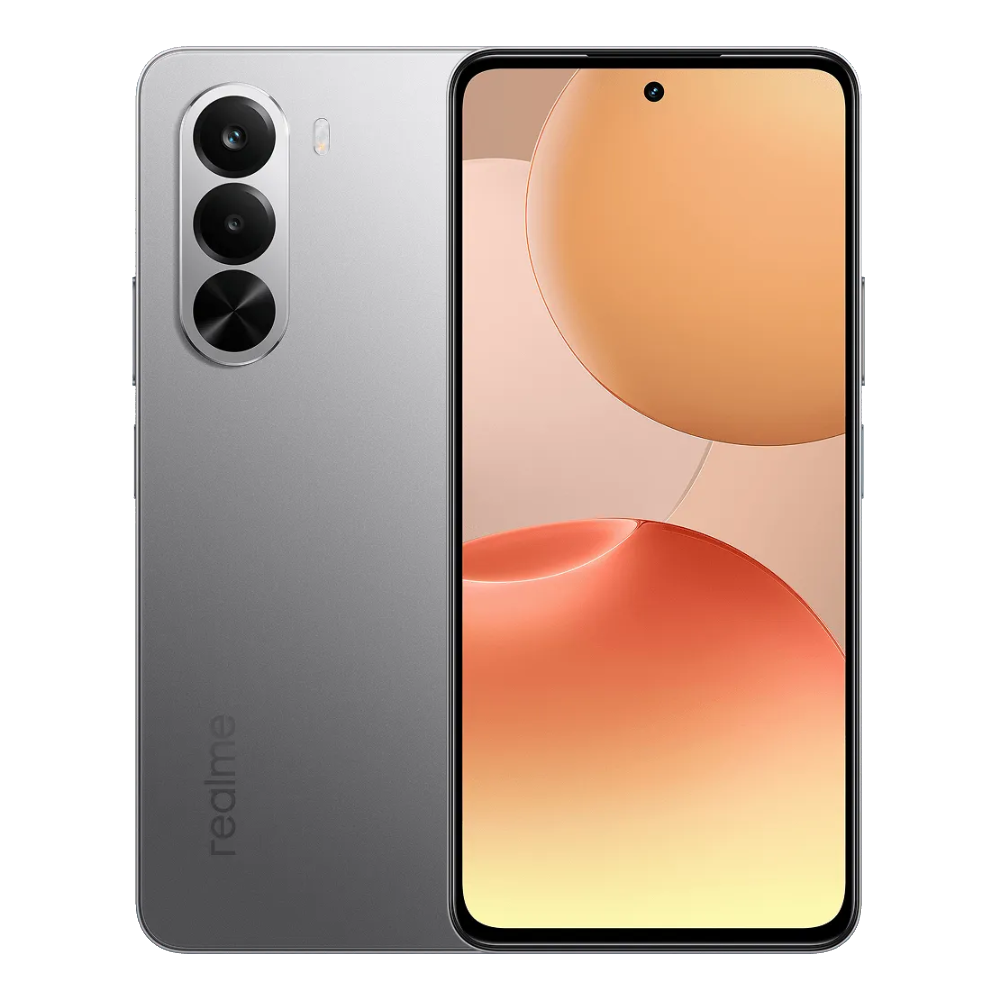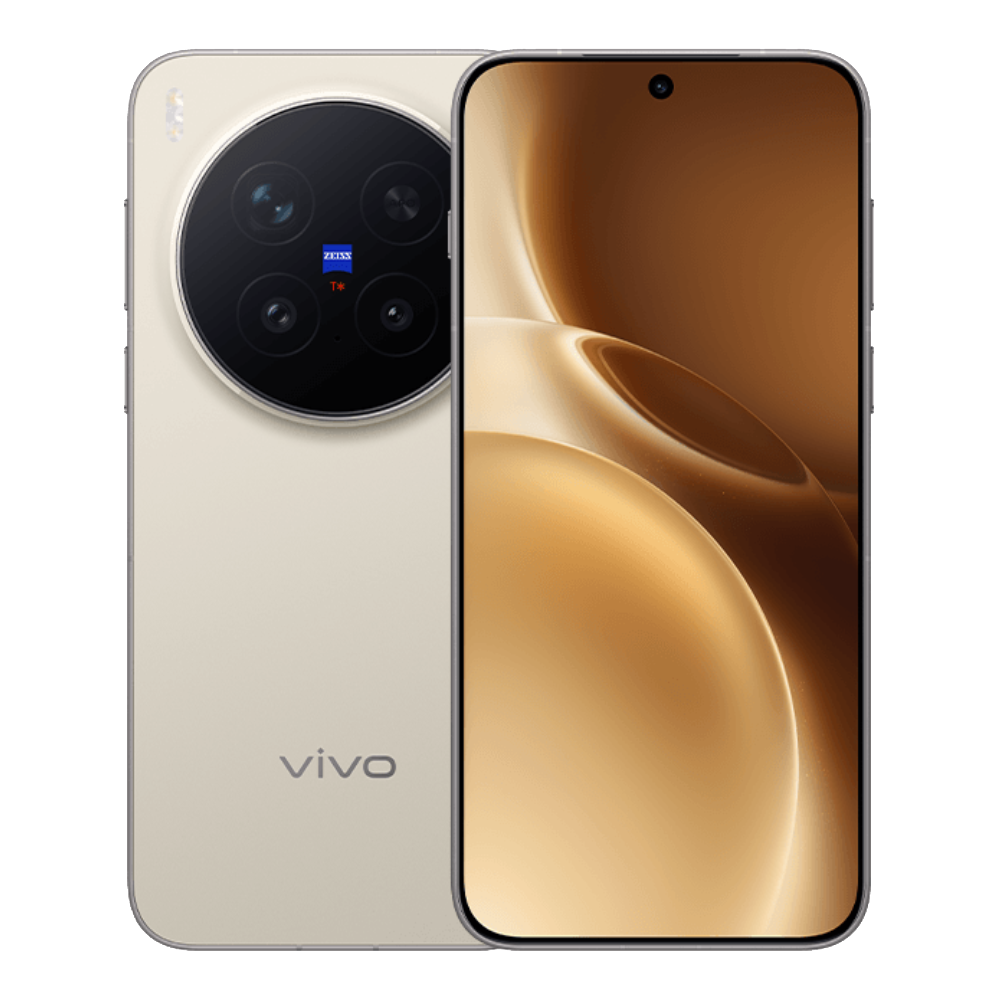MediaTek's Dimensity 9500 is a flagship chipset, designed to deliver incredible CPU and GPU performance, in line with other top-tier processors. On the other hand, Qualcomm's Snapdragon 8s Gen 4 is not a flagship SoC, but positions itself in the premium segment. So, to find out which one delivers better performance, we have compared the Dimensity 9500 and Snapdragon 8s Gen 4 across a number of benchmarks. On that note, let's begin.
Dimensity 9500 vs Snapdragon 8s Gen 4: Geekbench Score
Geekbench 6 CPU | Dimensity 9500 (Official) | Snapdragon 8s Gen 4 |
Single-core | 4,007 | 2,158 |
Multi-core | 11,217 | 6,989 |
MediaTek recently launched the Dimensity 9500 in China, and during the event, claimed that its latest flagship chip achieved 4,007 in single-core and 11,217 in multi-core, on the Geekbench 6 CPU test. Meanwhile, we ran the Geekbench test on the iQOO Neo 10, which is powered by the Snapdragon 8s Gen 4, and it scored 2,158 in single-core and 6,989 in multi-core.
Overall, the Dimensity 9500 delivered 85% faster performance in single-core tasks, and about 60% stronger performance in multi-core tasks. Thanks to Arm's latest C1-series CPU cores, the Dimensity 9500 easily defeats the Snapdragon 8s Gen 4 with a wide margin.
Having said that, these are MediaTek's claimed numbers, and we should wait for independent benchmark scores from actual consumer devices. So wait till we get our hands on a Dimensity 9500 phone, and then we will be able to pass a conclusive judgment.
Dimensity 9500 vs Snapdragon 8s Gen 4: Specs Comparison
The latest Dimensity 9500 is manufactured on TSMC's refined 3nm (N3P) process node while the Snapdragon 8s Gen 4 is fabricated on TSMC's older 4nm node. Both feature an 8-core CPU setup, however, the Dimensity 9500 comes with Arm's new C1-series CPU cores whereas the Snapdragon 8s Gen 4 features older Cortex-series cores. On the GPU front, you have the Mali-G1 Ultra GPU on the Dimensity 9500 and the Adreno 825 GPU on the Snapdragon 8s Gen 4.
Specs | Dimensity 9500 | Snapdragon 8s Gen 4 |
Process Node | TSMC's 3nm (N3P) | TSMC’s 4nm |
CPU | 8-core Arm C1-series CPU | 8-core Kryo CPU |
CPU Cores | 1x C1-Ultra (4.21GHz), 3x C1-Premium (3.50GHz), 4x C1-Pro (2.70GHz) | 1x Cortex-X4 (3.2GHz), 3x Cortex-A720 (3.0GHz), 2x Cortex-A720 (2.8GHz), 2x Cortex-A720 (2.0GHz) |
GPU | Arm Mali-G1 Ultra MC12 | Adreno 825 GPU |
Storage and Memory | UFS 4.1 (4-lane), LPDDR5X memory, Up to 10667 Mbps | UFS 4.0, LPDDR5X memory, up to 4800MHz |
NPU | MediaTek NPU 990 | New Hexagon AI Engine, On-device multimodal AI support |
ISP | Imagiq 1190, 320MP image, 8K60FPS video capture | 18-bit Triple AI Spectra ISP, Up to 320MP photo capture, 4K HDR video at 60 FPS |
Modem | MediaTek Release 17 5G modem (Sub-6GHz only), Up to 7.4Gbps peak download speed | Snapdragon 5G modem (Sub-6 GHz only), Up to 4.2 Gbps Peak Download |
Connectivity | Wi-Fi 7 and Bluetooth 6.0 | Wi-Fi 7, Bluetooth 6.0 and UWB |


